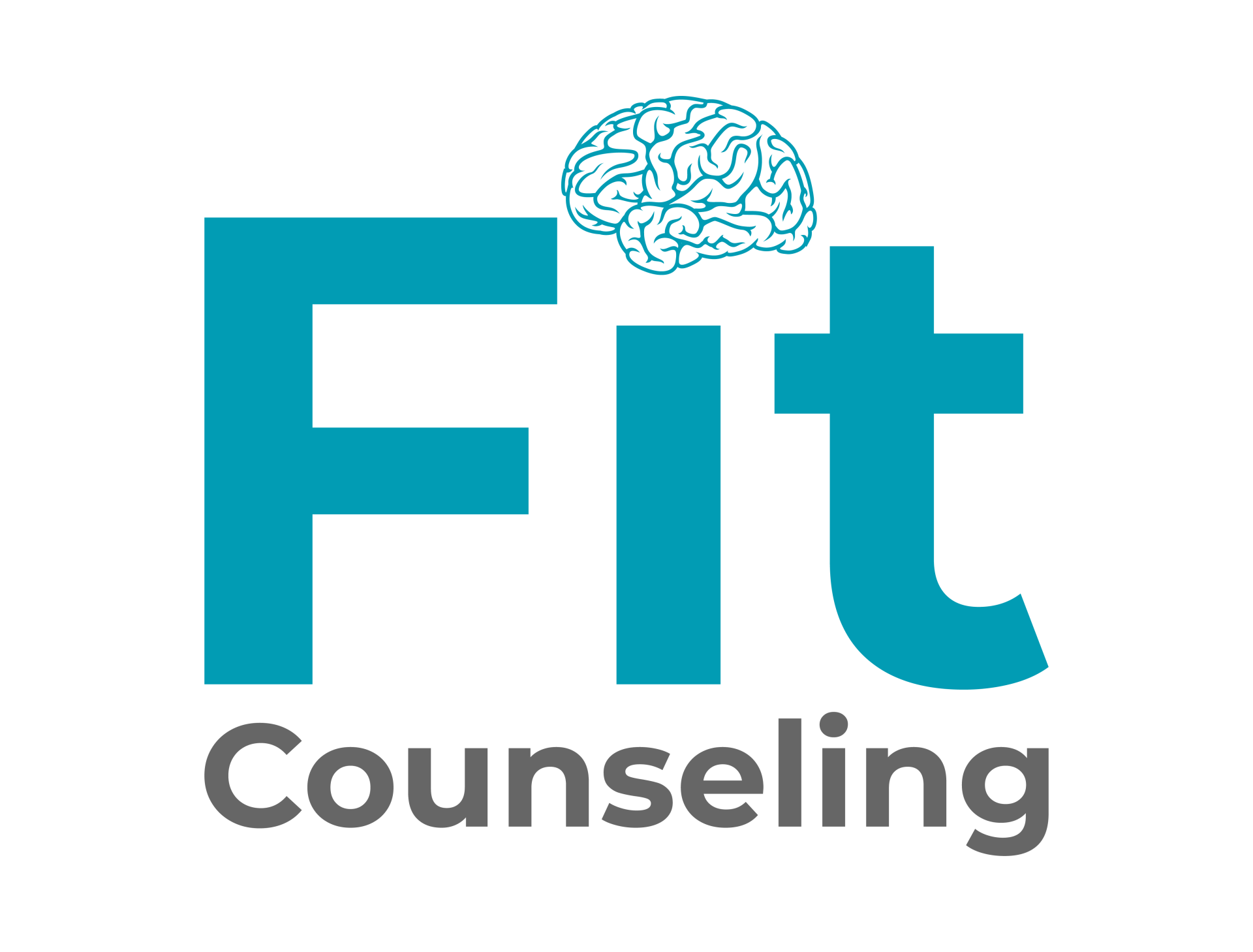Setting Boundaries Without Guilt: A Guide for Women Leaders

Setting Boundaries Without Guilt: A Guide for Women Leaders
For many women in leadership—whether it’s running a business, leading a team, or managing both work and family—the word “boundaries” carries mixed emotions. On one hand, you know boundaries are essential to protect your time and energy. On the other, the moment you try to put them in place, guilt often floods in. Questions like “Am I being selfish?” or “What if people think I’m difficult?” creep up, making it harder to stand by your decision.
This struggle isn’t just about saying no—it runs deeper. For many high-functioning women, guilt around boundaries is tied to old patterns of people-pleasing, perfectionism, or fear of letting others down. Sometimes, it’s connected to trauma, especially if your past taught you that your worth depended on keeping others happy or avoiding conflict at all costs.
The cost of living without boundaries is high. Without them, it becomes easy to fall into overwork and exhaustion. Resentment builds toward colleagues, clients, or even loved ones, because deep down you feel stretched beyond your capacity. Stress piles up in the body, often leading to fatigue, headaches, or even chronic health issues. Without boundaries, leadership doesn’t feel empowering—it feels draining.
What if we redefined boundaries? Instead of seeing them as barriers that push people away, imagine them as tools that allow you to lead with greater strength and clarity. Boundaries protect your energy so that you can show up at your best. They set the tone for how others interact with you, fostering respect and healthier relationships. And perhaps most importantly, they remind you that your needs are just as valuable as everyone else’s.
Learning to set boundaries without guilt is not about becoming rigid or selfish. It’s about learning to say yes with intention and no with clarity. This process can feel uncomfortable at first, especially if you’ve spent years overextending yourself. The discomfort, however, is not a sign that you’re doing something wrong—it’s simply your nervous system adjusting to a new way of being. Over time, with practice, saying no becomes less about guilt and more about self-respect.
One of the most powerful shifts happens when you connect your boundaries to your values. For example, turning down an extra project is not just about saying no—it’s about saying yes to your health, your family, or your integrity. Anchoring your choices in what truly matters makes it easier to stand by them, even if others push back.
Of course, boundaries are not just about words—they are about healing the deeper beliefs that make guilt feel overwhelming in the first place. This is where trauma-informed therapy can help. Approaches like EMDR (Eye Movement Desensitization and Reprocessing) go beyond surface-level strategies to address the root of why saying no feels unsafe. By healing those early experiences that taught you to overextend, you can begin to create boundaries that feel natural rather than forced.
When you no longer carry the weight of guilt, boundaries become empowering rather than draining. You realize that taking up space, prioritizing your needs, and saying no without shame are not signs of weakness—they are signs of authentic leadership.
Boundaries are not a luxury. They are the foundation that allows women leaders to thrive. And when you stop equating boundaries with guilt, you not only protect yourself, but you also model to others what healthy, confident leadership looks like.



